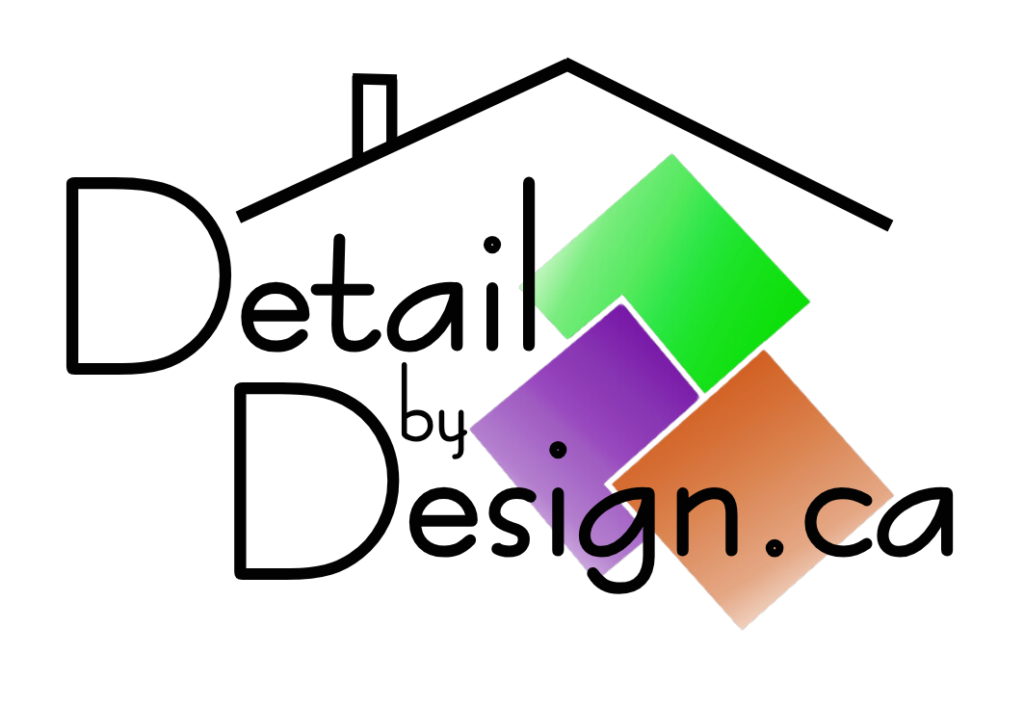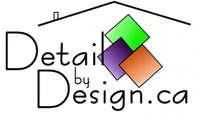
1. Treat your home as you would your retirement portfolio or pension plan. If you didn’t continue to contribute to your investments, they wouldn’t grow in value very quickly. By doing upgrades to your home you are increasing the value of your investment. There are three ways that increase the value of your home:
· market value increases (although unpredictable and not always a positive increase, real estate values generally increase in value over time).
· equity by paying down your mortgage, this value also increases over time.
· Forced equity, achieved by doing renovations to the home that increase the market value and make your home more competitive by comparison.
2. Keeping up general maintenance and repairs on your home, is as important as going to your dentist. Owning a home requires constant upkeep along the way. Home owners should be prepared to invest approximately 2% of the homes value annually for maintenance. Depending on the age and location of your home, maintenance is essential to the structural and aesthetic integrity of the home. Regular maintenance can be seen as preventative to major or costly repairs, if left neglected. Updating windows/doors have economic impact on heating/cooling efficiency, which can save you money in the long run.
Kitchens and bathrooms have significant effect on functionality of day to day activities. These two areas also involve all the mechanical systems of a home (electrical, plumbing, venting and structural). Depending on the age of your home these systems may need to be upgraded to accommodate modern fixtures, appliances and even finishes. If a home is 25+years old these systems should be looked at, over 50 years it is certainly time to address plumbing, electrical upgrades, not only for your homes’ value but safety concerns. Knob and tube wiring and lead pipes were common materials prior to the 1970’s. Building code standards have also changed significantly over the decades; for example exterior walls used to only need to be 2×4 construction, not the required 2×6 they are today. Along with building code changes appliances and fixtures have also changed. Gone are the days of the massive 13 liter toilets, now replaced with efficient dual flush (1.6L/3L) water saving models. The water savings alone pay for this upgrade! Many countertop kitchen appliances cause less overload if your kitchen receptacles are rated 20 amp vs the more typical 15 amp of years past. The desirable large kitchen islands clad with beautiful granite countertops may require structural support to accommodate the increase in dead load on the floor joist structure, just a few things to consider….
3. The longer you stay in your home, chances are you have made changes to your personal life along the way. Increased or decreased people in a home can have great impact on how you live and use your space. Maybe a second bathroom is needed or more preparation space in the kitchen. Storage needs have also change. Generally, today’s population buy common household items in bulk quantity requiring more storage. But the way we use our homes is affected by more than just our shopping habits.
It’s not uncommon for extended family’s to share a home, the need for our space to do more (i.e. Kitchens are frequently considered the hub of a home and require desk space, homework areas, multiple media devices, seating areas, dual preparation areas and sinks, greater variety and sizes of appliances …… The list goes on!) The convenience items, such as microwaves, dishwashers, built-in coffee makers and more are no longer uncommon luxuries but must-haves.
4. The need to move or sell unexpectedly. Without an constant and consistent investment into keeping your home improvements ongoing you may find yourself unexpectedly, needing to sell your home. Maybe it’s a job transfer, lifestyle change etc. but the home requires a lot of work and may become difficult to sell. Similar homes on the market may put your home at the bottom value due to the condition of your home. If other homes, in a similar neighborhood, have numerous upgrades not only will they fetch top dollar, but sell much faster. Your home requires a price modification that reflects where it falls in the market. Without the upgrades you may not be able to maximize the current market value of your home.
How you invest in your home is important. Consider how long you intend on staying in the home, where it is located, average home value in your neighborhood and similar surrounding areas, current value of your home, market climate…. Any renovation you consider should be in proportion to the potential value of your home. For example, a $150k addition to a home where that average selling price is $275-300k may not be a wise choice especially if your plans to stay in the home are only 3-5 years. However, if you purchased the home 20 years ago or are planning to stay in the house for another 10+ years doing an extensive renovation/addition will give you multiple returns. First, your enjoyment of the home will be greater when function issues are addressed and second, your investment of a large renovation is easier to recover and increase the value of your home over a longer period of time. We discuss this further detail in our Inside Renovations ebook.
Seek the advice of professionals. Talk to your investment broker or bank consultant, real estate professional and a trusted renovation specialist to gather all the facts before you take on a major project. Working with knowledgeable people in the industry can guide you the guidance to maximize your investment and return.









